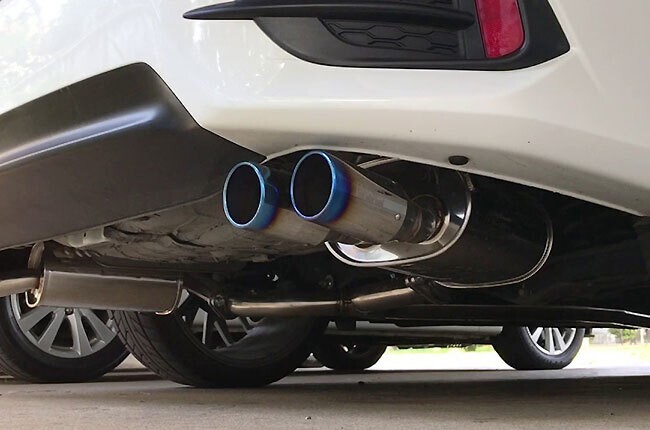

A recent US ruling extending steep tariffs to include steel and aluminium-containing products is poised to drive up costs for both electric-vehicle components and aftermarket exhaust systems. This move is expected to significantly impact the cost structures of electric-vehicle components and aftermarket exhaust systems.

Under the new rule implemented on August 19, 2025, the US Department of Commerce expanded its steel and aluminium tariffs, adding 407 product categories to the existing "derivative" list. These newly imposed tariffs on imports will face a 50 per cent duty on any steel and aluminium content, in addition to standard country-specific tariffs on non-metal components.
Affected categories include appliances (such as refrigerators, freezers, dryers and air conditioners), automotive-related parts (e.g., exhaust components and electrical steel for electric vehicles), as well as industrial and heavy items like wind turbines, mobile cranes, bulldozers, railcars, marine engines, furniture, compressors, pumps and even metal packaging for cosmetics and personal-care products.
Evercore ISI estimates these tariffs cover over USD 200 billion in imported goods and will increase the overall effective US tariff rate by approximately one percentage point. The expansion follows lobbying efforts by domestic steelmakers, including Cleveland-Cliffs and Nucor and reflects the administration's intent to close circumvention loopholes and bolster American steel and aluminium industries. Foreign automakers, including an unsuccessful attempt by Tesla, opposed the inclusion of EV-related steel parts, citing insufficient US production capacity.
The updated tariff framework directly affects automotive components such as EV battery housings, motor parts and structural elements, along with aftermarket exhaust systems that depend heavily on imported steel. Industry observers note that the aftermarket sector, which relies on a globalised supply chain, faces the prospect of price increases and potential supply bottlenecks.
Also read: Tariffs and trade shifts: how US policy split aluminium markets in China and the UK
The regulation forms part of the US administration's broader strategy to protect domestic producers and address concerns about tariff circumvention. However, the extension raises questions for vehicle manufacturers and aftermarket suppliers who argue that domestic steel and aluminium capacity is insufficient to meet specialised automotive demand.
Industry experts caution that the impact will cascade through the value chain, from importers and distributors to retailers and end users, which will result in higher acquisition costs for automotive businesses and consumers alike.
Beyond cost implications, the policy also raises environmental concerns. By increasing the price of EV components, the tariffs risk slowing adoption of electric vehicles, undermining policy goals tied to emissions reduction and the clean-energy transition. Aftermarket suppliers of traditional exhaust systems may also pass higher costs along the value chain, extending the lifecycle of older, less efficient vehicles rather than accelerating fleet renewal.
Industry analysts warn that the move, while supportive of domestic metal producers, could complicate sustainability targets for automakers and policymakers by raising barriers to affordable EV production and delaying emissions-cutting technology adoption.
Also read: Trump aluminium tariffs shake the industry — how are SMEs surviving the storm?
To get more insights, read our report Global Aluminium Extrusion - Market Analysis & Forecast to 2030
Responses








